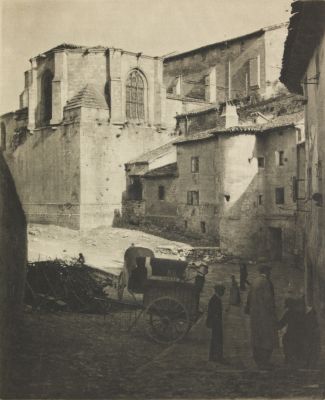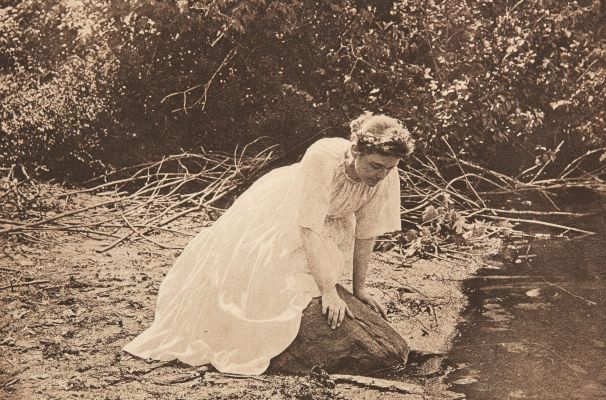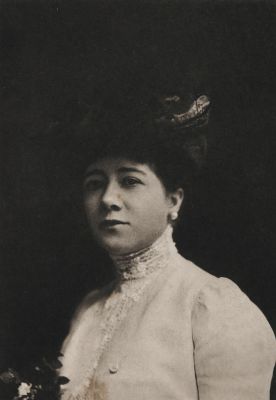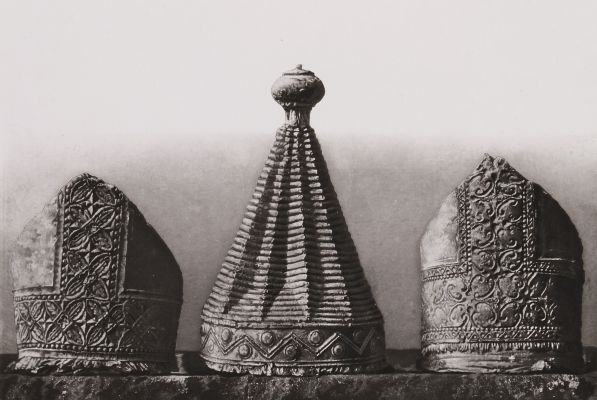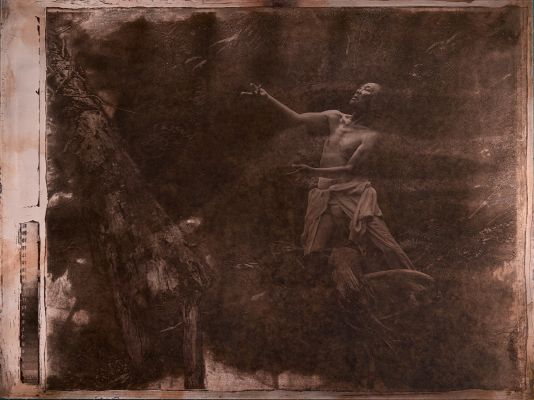
Title
The Coster-GirlArtist
Beard, Richard (British, 1801-1885)Publication
London Labor and the London Poor; Cyclopedia of the Condition and EarningsDate
1851Process
Engraving (from photograph)Image Size
11 x 13 cm
London Labor and the London Poor is an early example of engravings from photos used to document societal inequity. Many of the engravings were copied from Daguerreotypes taken by Richard Beard. Each subject is seen front on and in a natural pose, showing their full body and tool of trade (in one case, a horse and cart), the camera’s slightly low point of view giving them a monumental aspect. Unfortunately, none of the daguerreotypes survive.
After a close study of the engravings, Tim Barringer has suggested that ‘the visual evidence these present suggests that physiognomy, facial expression, clothing and gesture were significantly transformed during the processes of drawing onto woodblocks and engraving’, so that ‘details are exaggerated to intensify social and racial difference […] in the context of a tropology of known and recognisable types’. Presumably Mayhew felt that the caption ‘From a Daguerreotype’ added an indisputable authority to this pioneering effort at social science. [1]
A monumental work in the history of sociology, London Labor and the London Poor led the way for further studies of the lower classes in Victorian England. The ground-breaking social survey began as a series of articles in the Morning Chronicle in 1851.
Reproduced / Exhibited
Batchen, Geoffrey. Apparitions: The Photograph and Its Image. , 2017. p. 26
Gossman, Lionel. Thomas Annan of Glasgow: Pioneer of the Documentary Photograph. Cambridge, UK: Open Book Publishers, 2015 6:19
References
[1] Batchen, Geoffrey. Apparitions: The Photograph and Its Image. , 2017
